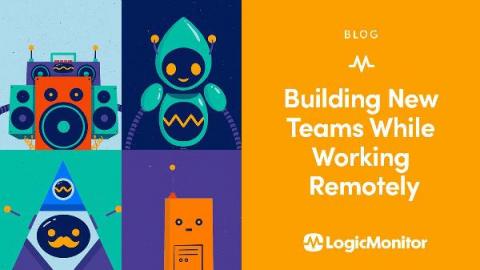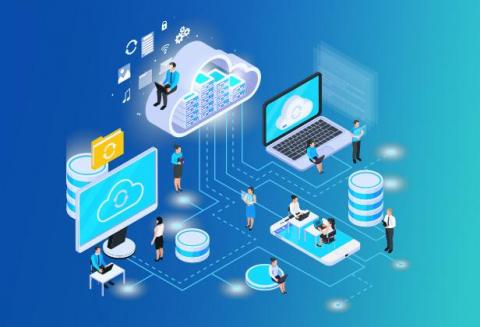How to Run a Successful Remote SaaS Operations Team
This article was originally published in New Stack. More and more companies have gone remote with surprising benefits — a trend that has been building for years. A survey by Global Workplace Analytics and FlexJobs indicates that remote work has grown 91% over the last 10 years, and 159% over the last 15 years. The COVID-19 pandemic has elevated the relevance of remote work (including remote IT operations) to a new level.











